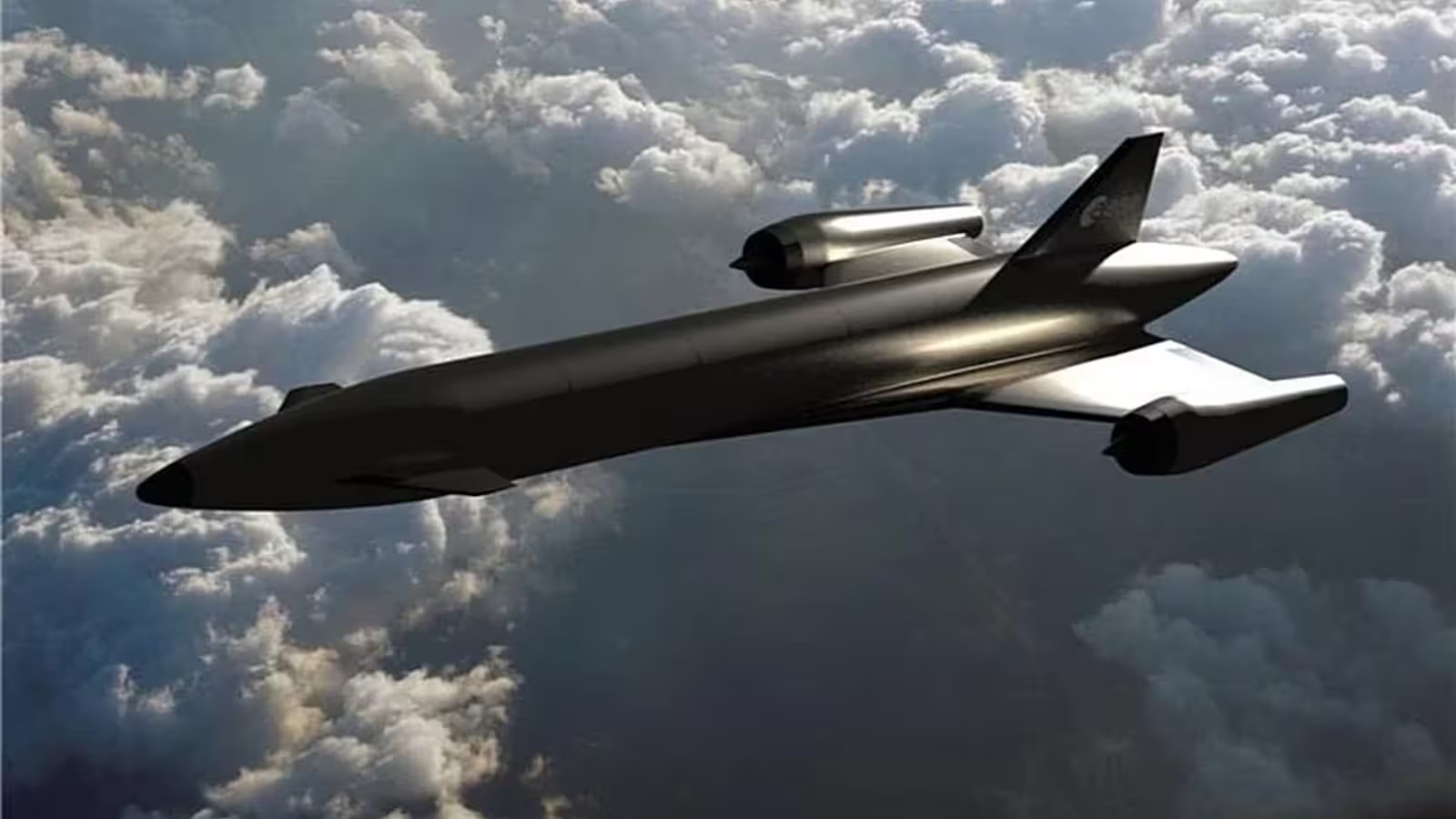3 Minutes
Europe is gearing up to make history in the field of high-speed aviation with the development of the Invictus hypersonic aircraft. In a domain largely dominated by North American innovators, the Invictus project stands out as Europe’s bold answer—a groundbreaking initiative aiming to launch the continent’s first Mach 5 vehicle, capable of reaching astonishing velocities of 3,836 mph (6,174 kph).
Project Overview: The Vision Behind Invictus
While much of the current hypersonic technology focuses on creating testbeds for research and product development, Invictus is setting its sights higher. Conceived by the European Space Agency (ESA) and spearheaded by tech leaders Frazer-Nash in collaboration with Spirit AeroSystems and Cranfield University, this program aims to design a fully reusable spaceplane. Unlike traditional testbeds, Invictus is envisioned to take off from standard runways and climb to the edge of space, blurring boundaries between advanced aircraft and spacecraft.
Technical Specifications and Engineering Innovations
Although Invictus is in its formative stages and exact specifications remain under wraps, some advanced aspects have been unveiled. The aircraft will be powered by a cutting-edge, hydrogen-fueled, precooled air-breathing propulsion system. This innovative engine technology isn’t just about speed—it allows conventional runway takeoffs and provides integral thermal management, a critical factor when speeding at hypersonic velocities.
A crucial feature is the precooler, inspired by the Synergistic Air-Breathing Rocket Engine (SABRE) being developed alongside Reaction Engines. Tested successfully on select jet engines, this technology cools superheated intake air in milliseconds, making sustained hypersonic flight a real possibility.
Design Ambitions and Versatility
One of the main attractions of the Invictus program lies in its future potential. The consortium is currently working on a holistic concept design, integrating vehicle architecture and advanced systems that could shape reusable space vehicles of tomorrow. Whether Invictus evolves into a manned plane for passenger transport, a testbed for defense or commercial research, or even contributes directly to space exploration is still an unfolding story.
Performance and Expected Capabilities
Aiming for Mach 5, Invictus could soon rival the world’s fastest experimental aircraft. The real breakthrough, however, is in its reusable nature and its air-breathing propulsion, offering efficiency akin to automotive turbocharging but at previously unthinkable power levels. Once operational, it could serve as the foundation for a new class of high-performance, multi-mission air and space vehicles.
Market Positioning and Comparisons
Globally, the race for hypersonic technology is heating up, with North American efforts dominating headlines. Invictus provides Europe with its own technological vanguard, opening doors to significant advancements in aerospace, automotive engineering, and commercial aviation. Compared to US or Chinese projects, Invictus intends to balance civilian applications with potential military and research uses, ensuring its adaptability in a fast-evolving market.
Development Timeline
Frazer-Nash and consortium members are already drafting the initial design, with a complete flight system blueprint anticipated by next summer. The inaugural flight of Invictus is expected in early 2031—marking an exciting milestone not only for European aviation but for the global pursuit of sustainable, high-performance hypersonic vehicles.
As we edge closer to an era where runway-to-space flights could become a reality, projects like Invictus are set to redefine what’s possible in both the automotive and aerospace landscapes.
Source: autoevolution



Comments